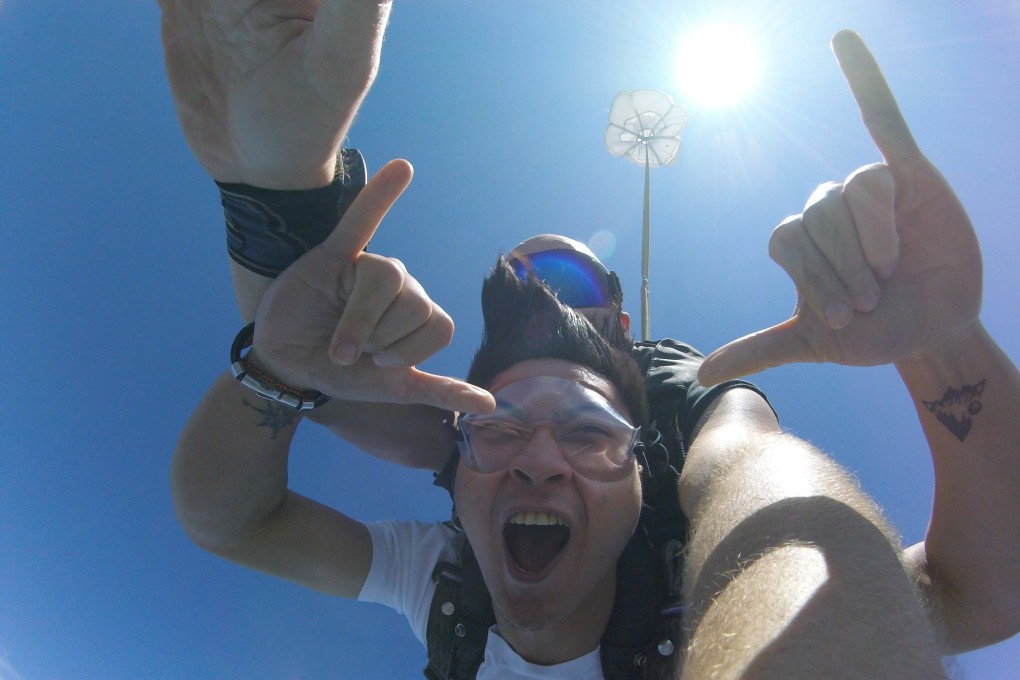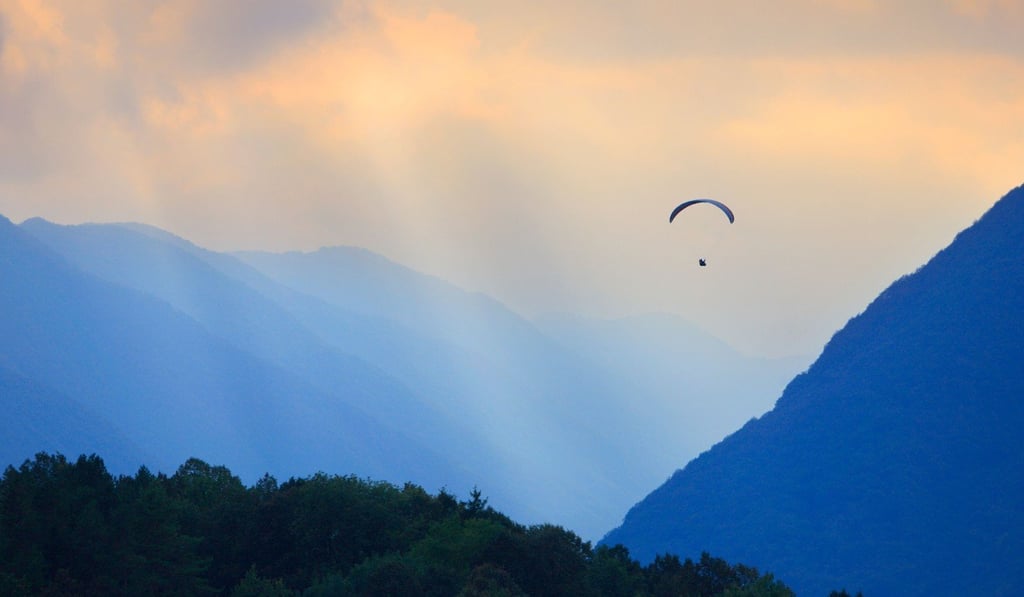Skydiving, paragliding, abseiling – Chinese adventure tourists doing extreme sports in ever greater numbers
- Thrill-seeking Chinese travellers head to countries such as New Zealand and the United States, and off the beaten track, for a taste of adventure
- Places such as Alaska, the Balkans, Africa and Nepal have seen a surge in Chinese visitors looking to get out of their comfort zones and find authenticity

The Chinese adventure seeker summoned up his courage before he jumped out of the plane, soaring high above the remote landscape.
“I started to free-fall … the wind felt like ice skates being beaten on my face,” he recalls. “My ears were snap frozen. After about a minute, the parachute opens and the temperature rises, and finally you get to enjoy the heavenly scenery. You then start to glide through the air with the parachute, very smoothly.”
“When the plane reached 9,000 feet (2,740 metres), the hatch slammed open and wind gusted in. At this point, my heartbeat was a little faster.

“I turned around and asked my coach how many times he had parachuted, and whether he had ever found himself in a dangerous situation. He told me he had jumped more than 1,000 times, all around the world, and he feels crazy every time.”
Wang was ready for the leap, he says, but one of his young fellow Chinese travellers was screeching with fear and trying to hide behind other divers before being eventually encouraged by the instructor to make the jump.